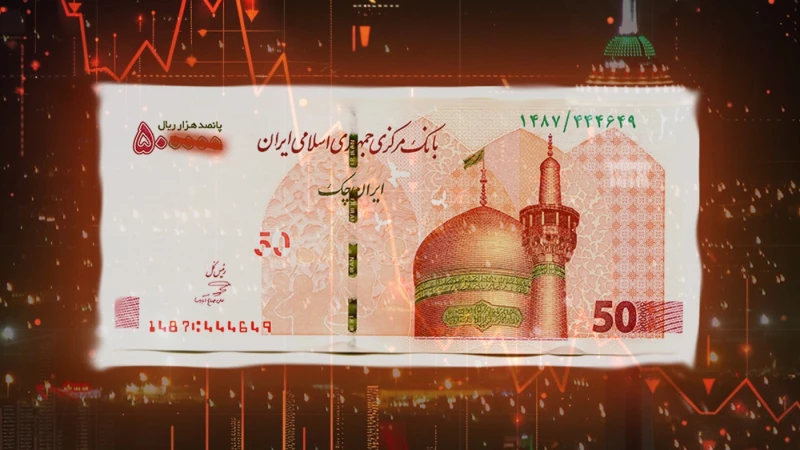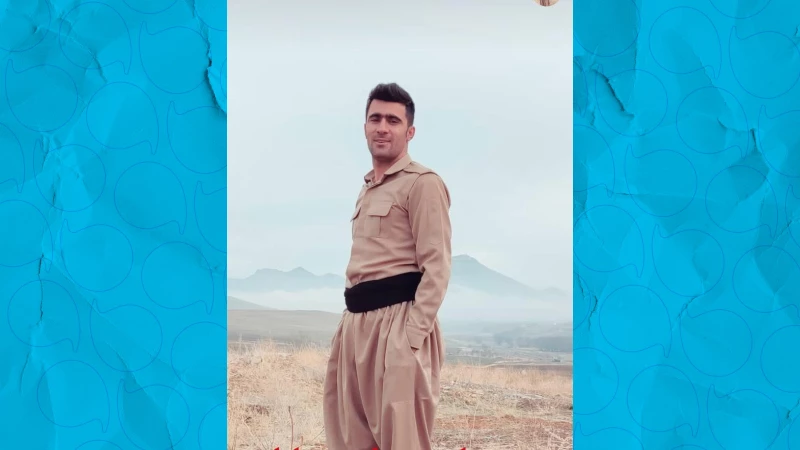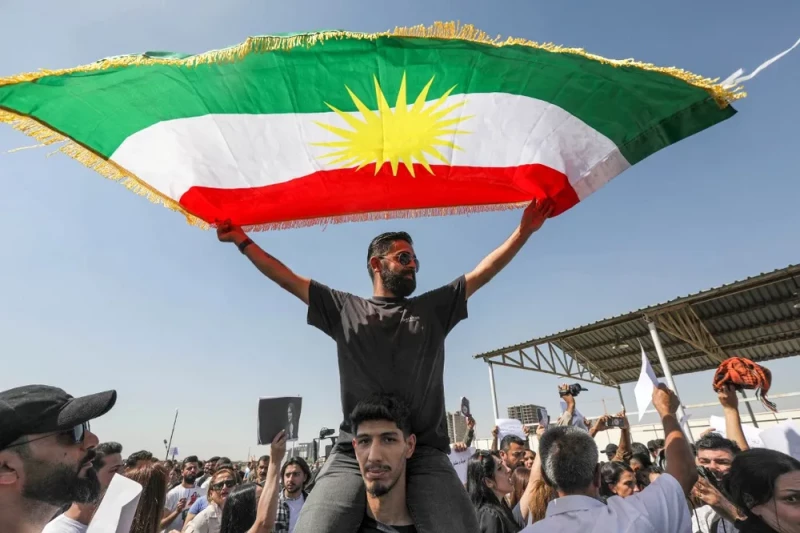STRASBOURG, France – Environmental activists in Iran’s western Kurdish cities of Sanandaj and Urmia have launched a campaign to stop the drilling of gold mines in their areas, which they say causes environmental destruction and has serious negative health consequences for locals.
Some of the gold mines in the Kurdish parts of Iran are located in the water streams that flow into the Kurdistan Region of Iraq, and present harmful consequences for the Kurdistan Region too.
The provinces of Kurdistan (Sanandaj) and Urmia are the largest gold resources in Iran, with only five mines estimated to contain more than 330 tons of pure gold.
According to the Iranian Parliamentary Research Center, the country has about 800 tons of pure gold reserves, ranking 18th in the world.
The destruction of beauty: The harmful consequences of gold mining
“It's full of beauty in here: beautiful springs, beautiful flowers, honeybees, butterflies, and prosperity. This is Qolqoleh. The beauty here is indescribable… there is gold up there, and by digging it, all of that [beauty] will be destroyed,” environmental activist Aziz Marzi said in a video sent to The New Region.
"The water is poisonous, and bees, the most sensitive insect species, are destroyed. With the destruction of bees, the ecosystem is unbalanced because plant seeds cannot be transferred, and prosperity will bid farewell to this area," Marzi says in the video as he takes a stroll through the lush greenery of the village.
"Gold mines cause the spread of cancer and genetic diseases, destruction of environmental diversity, rural and agricultural incomes, soil destruction, drying up of water resources, air pollution, and endangering the lives of aquatic animals," Kamran Hosseini, an expert in mining and the environment, argues in a research paper, a copy of which he sent to The New Region.
According to Marzi, gold in the soil is mixed with dozens of other types of minerals, most of which are “toxic if separated, such as lead, arsenic, mercury... etc.”
Marzi revealed that soil is brought from the mines to the gold separation factories, which use chemicals to separate the gold from the rest of the minerals. The waste of the separation process in reservoirs of mineral waste, which in the long run seep into the soil and water.
A resident of Qolqoleh village complained "I had 150 bees, but I have 30 left, and they have not compensated us. Although we complained to the governor of Saqqez, no one responded."
Reservoirs of mineral waste pose other hazards as well. For example, in March 2000, heavy snow and rain caused the reservoir of the Baia Mare gold mine in Romania to break, and 100,000 cubic meters of cyanide-poisoned water spilled into the Danube River. Aquatic life was destroyed as a result, and the water sources of 2.5 million Hungarians were poisoned.
Some of the water resources of Iraq’s Kurdistan Region originate from this region, and the drilling of gold mines may have harmful effects on them, for example, the Little Zab River that originates in Piranshahr and Sardasht and flows into the Dukan Dam.
Hosseini says the environment is constantly becoming more polluted and cancer is on the rise in Aghara and Zareh Shuran, two gold mines in Takab city of Urmia province, citing as an example a 2-year-old child in the village of Yangi Kand who had cancer and underwent bone marrow transplant surgery.
Mohammad Rasul Sheikhizadeh, a representative of Qorveh and Dehgolan cities of Sanandaj province, said earlier in May that “in one of the villages of Qorveh city, where 50 families live, the water of the village has been poisoned due to gold mining activities.”
Officials in Sanandaj and Urmia provinces argue that the gold mines will help their economies grow and create jobs for the people of the region. Residents of villages near these mines, however, have often protested that they are not being given jobs in these areas and that the authorities are employing people from other places.
Campaigning against gold mining
A campaign was launched by Hiwa Hosseini, an economist from Saqqez who is also a former professor at the Kurdistan University in Sanandaj, to convince the authorities to stop gold mining activities and gold refinement factories in their areas. The campaign has now been supported by thousands of people.
“The Saqqez gold mine has threatened the lives of hundreds of thousands of people, including people from the cities of Saqqez, Bokan, Sain Qaleh, Miandoab, and even the city of Tabriz, which receives water from East Kurdistan,” he said, referring to the Kurdish majority areas in Iran.
Hosseini accuses government agencies of giving licenses with no scientific basis to gold-extracting companies, especially the Environmental Protection Agency, from which every mine must obtain a license to operate. He argued that 99 percent of the gold mine’s soil must be disposed of and is poisonous.
Kurdish regions rich in gold
Sanandaj and Urmia are rich in gold. Gold is mined in two places in Sanandaj: the Qolqoleh mine in Saqqez contains 8 tons of pure gold and is estimated to contain more than 100 tons of impure gold (<24 carat) , with the pure gold reserves in Qorveh estimated to reach up to 50 tons.
Gold is mined in three sites in Urmia province; however, Zareh Shuran and Aghara mines in Takab contain 155 tons of impure and 15-20 tons of pure gold respectively, while the Barika mine in Sardasht contains more than 7 tons of pure gold.
There are gold mines in many other parts of Urmia and Sanandaj, but they have not yet been invested in. There are two gold mines in the Baneh region, meanwhile, and preparations are underway to start the drilling process.
Hamid Asrari, head of the Pazhin Environmental Protection Organization in Baneh, told The New Region that, as environmental activists in Baneh, they "are trying to prevent investment in these gold mines and have warned the people of the area to oppose the mining."
The gold-rich region covers a wide geographical area between the cities of Divandarreh, Baneh, Saqqez, Bokan, Mahabad, Sardasht, Oshnavieh, and Piranshahr.

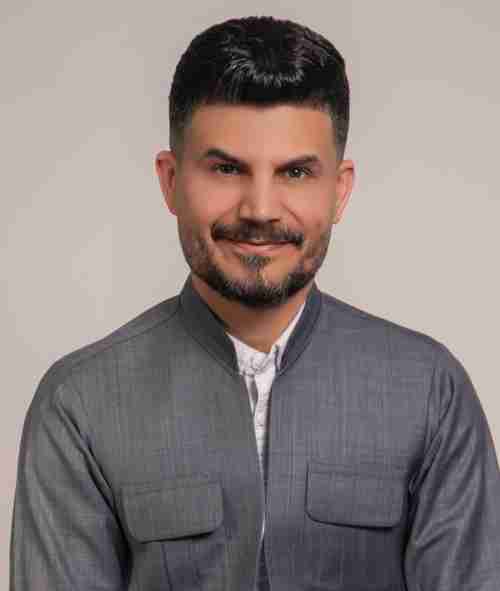
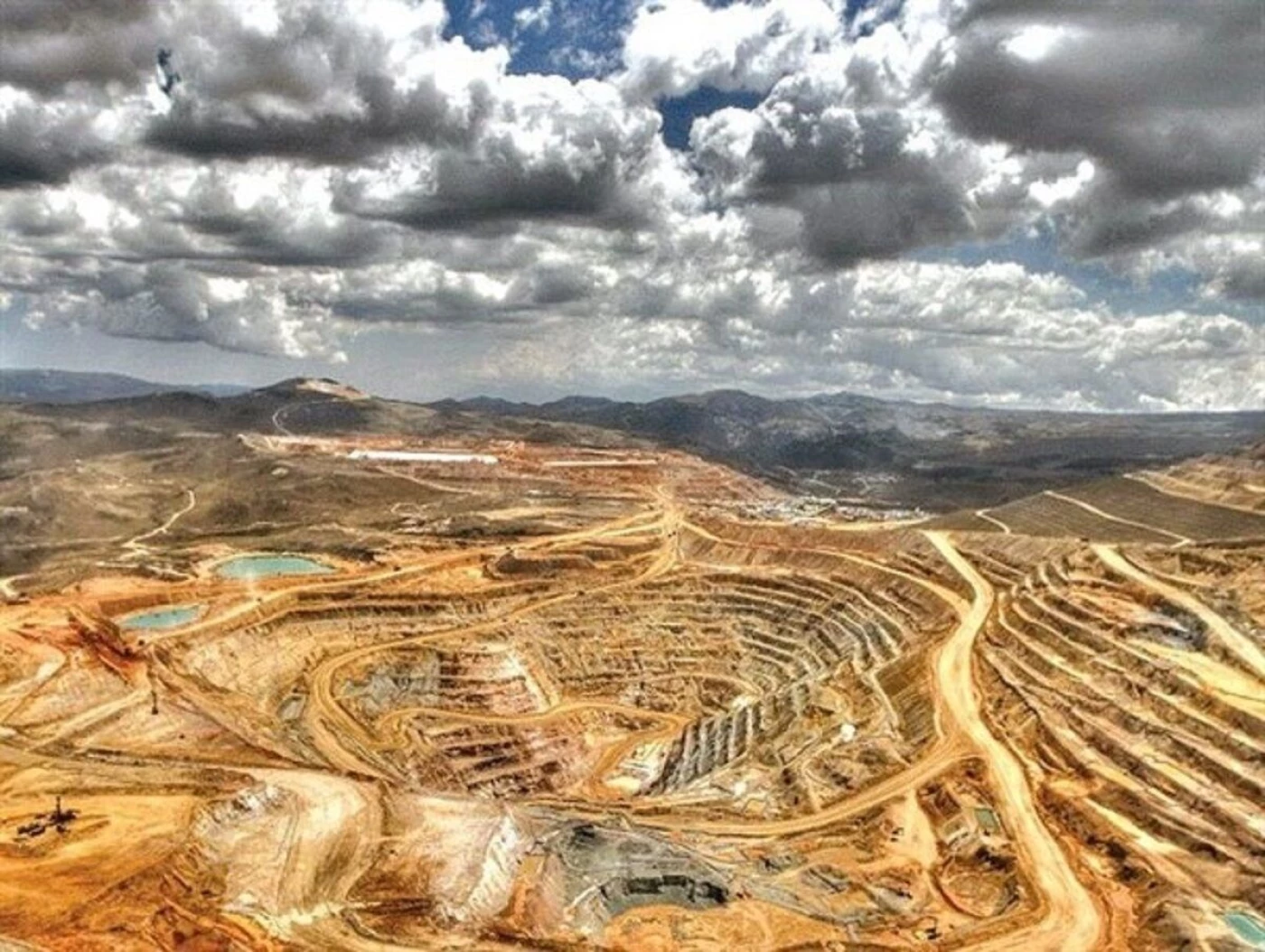
 Facebook
Facebook
 LinkedIn
LinkedIn
 Telegram
Telegram
 X
X
